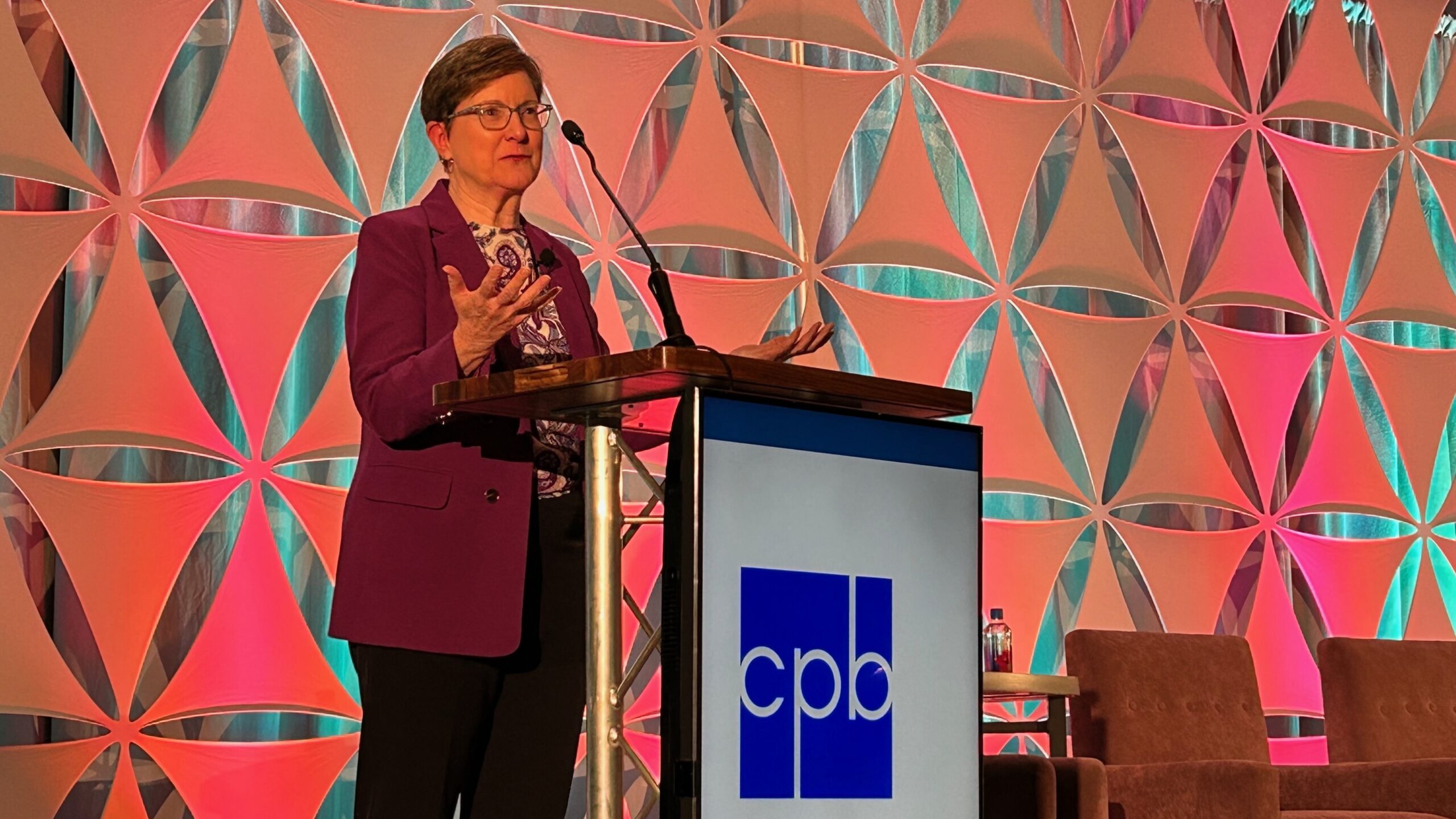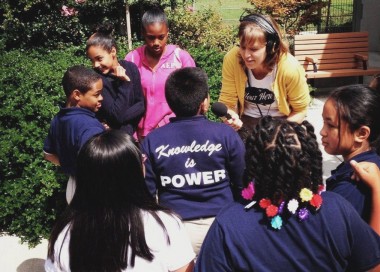An open letter to the incoming CEO of NPR

Ted Eytan / Flickr via Creative Commons
This commentary was first published by Nieman Lab as part of its 2024 Predictions for Journalism and is republished here under a Creative Commons license.
Dear TK,
Congratulations on being named CEO of NPR! You are inheriting a world-class journalism organization at a pivotal moment in U.S. history.
While the need for a non-partisan, independent press has never been more urgent, the headwinds you’re facing have never been stronger. Think F-5 hurricane. They include the collapse of local journalism and decreasing broadcast audiences, the rise of mis/disinformation and generative AI, declining levels of trust in institutions, and raging debates within newsrooms over “objectivity” and the ethics underpinning traditional journalism.
These issues are all undoubtedly substantial. Still, I predict your biggest challenge is one that encompasses all of that and more: digital transformation. How you lead NPR into this next era will determine whether NPR and the hundreds of public radio stations that make up the network survive together or fail apart. No biggie 🙂
The value proposition of public radio over the last 50-plus years is at the core of your fundamental challenge. We offer a blend of international, national, and local news in an audio format, whether through linear broadcasting or on-demand streaming platforms. Listeners value that product and donate to support it. But listeners are on the move. The pandemic permanently disrupted their habits. Fewer people are listening to the broadcast signal, and that means there aren’t as many people to donate.
And now local stations must rethink their value proposition. In a digital world, it’s not enough to be a curator and distributor of national and international content. There must be something else, something that compels local community members to both develop digital habits and, in turn, donate. We know how to do this with on-air pledge drives. With readers and podcast listeners? Not so much.
A handful of stations are making a go at this, but they often lack the scale needed to compete against other news providers in their markets (assuming they are not in a news desert).
In order to make a successful digital transition, you will have to work across a complex web of stakeholders and rethink how we work together. This will be hard — change is exciting and scary. You will need to be patient, but not too patient (see paragraph two).
There is an incredible opportunity to rebuild local news from the station level up. Embrace innovation and instead of thinking of NPR as a B2C company, think of it as B2B and B2C and restructure accordingly.
Here’s more advice to get you started.
1. “Make No Little Plans.” This phrase, coined by noted Chicago architect Daniel Burnham, should be taped to your computer monitor. Now is not the time for incremental moves or change around the edges. The public radio system needs to be overhauled. Every story that lives only in a newscast or feature spot is a story that never finds an audience beyond who was listening at that moment. NPR needs to bring a laser focus to strengthening the local news stations who have the potential to be the most trusted messengers in their communities — but not if they’re only reaching the existing rapidly shrinking broadcast audience.
2. Rally the troops. I use “troops” inclusively … from interns at NPR to the general managers of public radio stations across the country. This is a tough time to be a journalist. We’re tired. We’re doing a million things at once. But what keeps us going is the fact that our mission has never been more important. Americans need a trusted source of information that prioritizes truth over equivalency, civility over screaming, and individuals over algorithms. Be crystal clear about your ambitious vision, the strategy, and how you’re tracking progress. Do a whistle-stop tour at as many stations as possible and champion an outcomes-based approach on audience and revenue growth.

3. Put user needs at the center of NPR’s editorial workflow. Thinking about what users need is standard within newsroom product teams. It’s time for it to take center stage in the editorial department as well. That story about the backroom machinations by politicians to pass a big spending bill? Does it actually tell the reader or listener what it means in their lives? When story ideas are being pitched, spend time considering what your work is doing for the audience, beyond just informing them. Is it helping them feel more connected to their community? Providing relief from relentless headlines? Giving them the tools to navigate a big decision? This model is in use in many newsrooms including the BBC, The Atlantic, and LAist. Early research shows this approach can give you an edge in a crowded digital environment by helping you reach more people, deepening engagement with digital audiences, and making your journalism more distinctive.
None of this is easy. But our mission has never been more important. Your passion and vision can win the day.
Sincerely,
Kristen Muller
Chief Content Officer
LAist/Southern California Public Radio
P.S. Don’t forget to hydrate.







+1